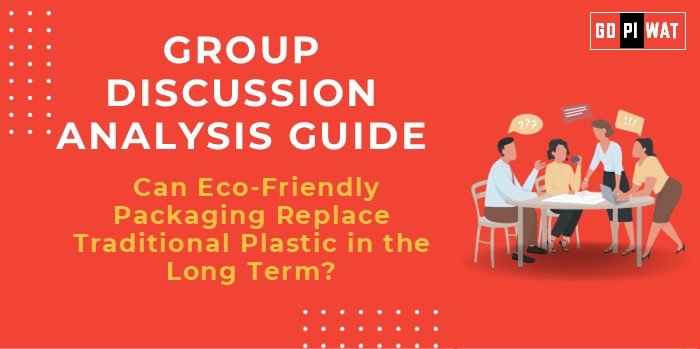♻️ Can Eco-Friendly Packaging Replace Traditional Plastic in the Long Term?
🌍 Introduction to the Topic
With global plastic waste projected to double by 2040, the transition to eco-friendly packaging has become crucial for curbing environmental degradation. Materials such as biodegradable plastics, paper-based solutions, and compostable alternatives are gaining traction as traditional plastics face increasing scrutiny. Policies like the European Green Deal and India’s Plastic Waste Management Amendment Rules (2021) further emphasize the importance of this shift.
📊 Quick Facts and Key Statistics
- Global Plastic Production (2022): Over 390 million tonnes, with packaging contributing 36%.
- Recycling Rate: Only 9% of all plastic waste ever produced has been recycled.
- Market Growth: The eco-friendly packaging market is projected to grow to $413 billion by 2027.
- Environmental Impact: Plastic takes 400+ years to degrade, whereas biodegradable packaging degrades in months under suitable conditions.
👥 Stakeholders and Their Roles
- Governments: Regulate, fund research, and incentivize sustainable practices.
- Corporations: Innovate in sustainable materials and optimize supply chains.
- Consumers: Drive demand for eco-friendly products through conscious purchasing.
- Environmental Organizations: Advocate for stricter policies and monitor compliance.
- Recycling Industry: Develop advanced recycling technologies for eco-materials.
🏆 Achievements and Challenges
🎉 Achievements
- Adoption of compostable packaging by major brands like Unilever and Coca-Cola.
- Bans on single-use plastics in over 70 countries.
- Innovations such as edible packaging materials.
⚠️ Challenges
- High production costs for eco-friendly alternatives.
- Inconsistent biodegradability standards across regions.
- Limited infrastructure for composting and recycling.
🌏 Global Comparisons
The EU leads with its Circular Economy Action Plan, while India faces infrastructure challenges in implementing bans. Germany, with a 90% recycling rate, exemplifies effective systems.
📖 Case Studies
- India: Maharashtra’s ban on single-use plastics showed mixed results with reduced waste but enforcement challenges.
- Germany: Robust infrastructure supports a 90% recycling rate.
📚 Structured Arguments for Discussion
- Supporting Stance: “Eco-friendly packaging is essential to combat plastic pollution and reduce environmental harm.”
- Opposing Stance: “The high cost and limited infrastructure make replacing traditional plastic infeasible in the near term.”
- Balanced Perspective: “Eco-friendly packaging has potential but requires policy support, technological innovation, and consumer adaptation.”
💡 Effective Discussion Approaches
- Opening Approaches:
- Quote data on plastic pollution and environmental damage.
- Mention global successes, like Germany’s advanced recycling systems.
- Counter-Argument Handling:
- Highlight cost-benefit advantages over time with eco-friendly packaging.
- Use examples of reducing costs through technological innovation.
🔍 Strategic Analysis of Strengths and Weaknesses
- Strengths: Sustainability, pollution reduction, growing consumer preference for green products.
- Weaknesses: High costs, lack of global biodegradability standards.
- Opportunities: Innovation in materials, increased government subsidies.
- Threats: Industry resistance and limited recycling infrastructure.
📈 Connecting with B-School Applications
- Real-World Applications: Opportunities in sustainable supply chain management and green entrepreneurship.
- Sample Interview Questions:
- “What policies can encourage businesses to adopt eco-friendly packaging?”
- “How does eco-friendly packaging align with the circular economy?”
- Insights for Students: Explore innovative business models and analyze global trends in sustainable packaging solutions.


